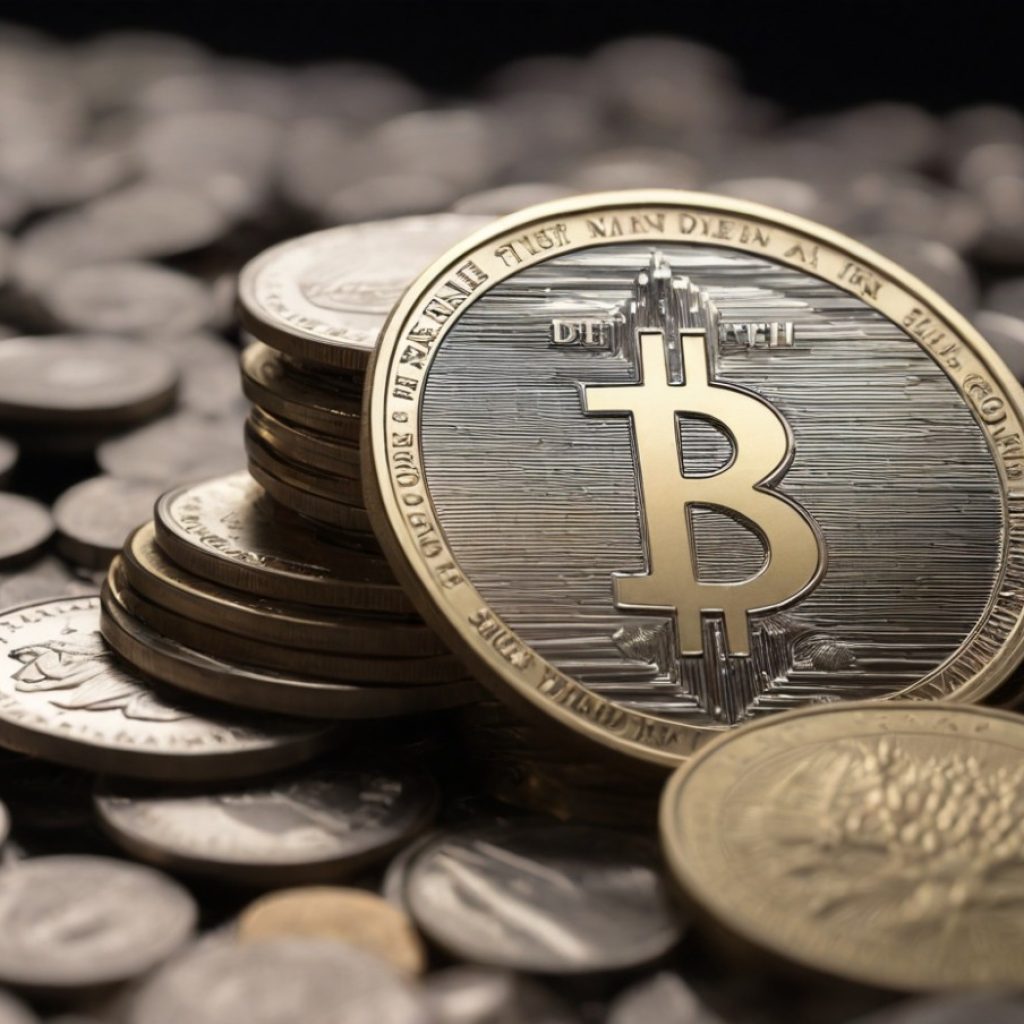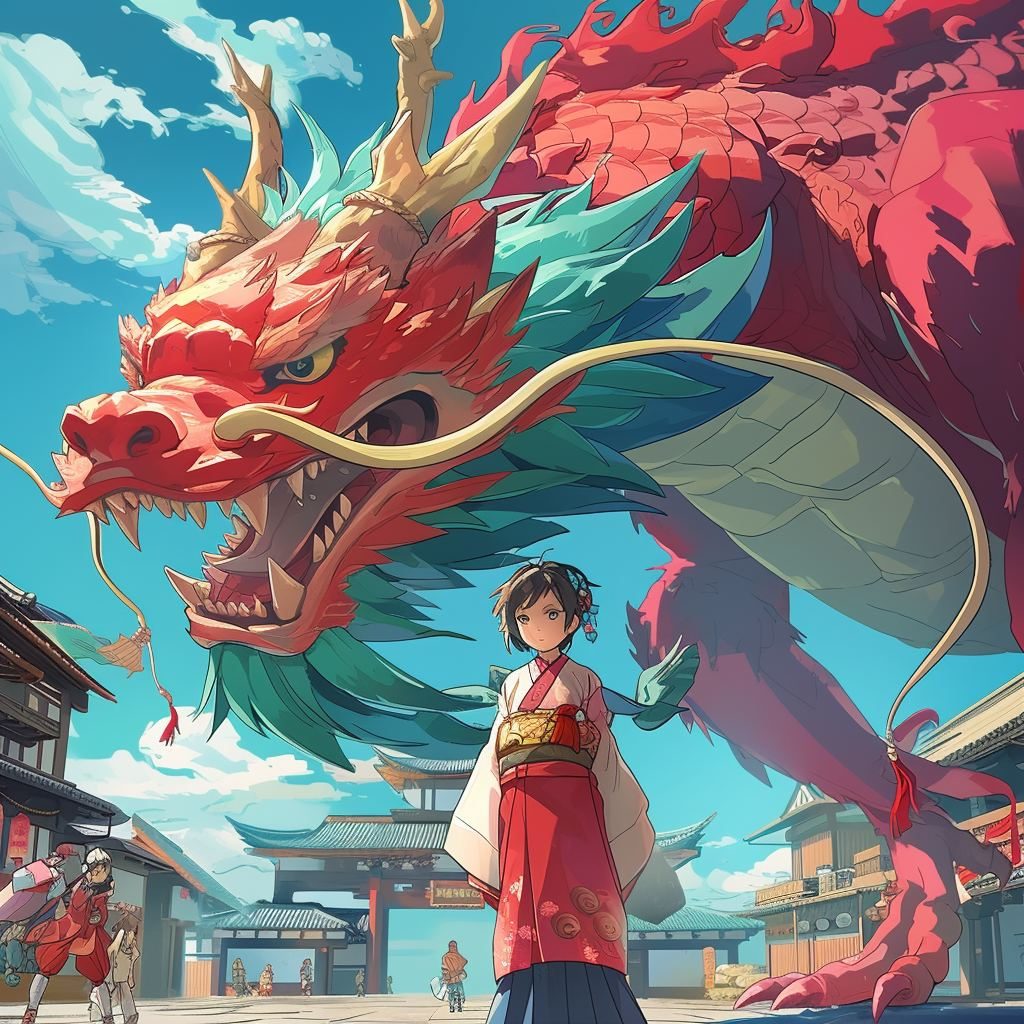Europe’s foray into international trade with China hasn’t been a walk in the park. As economic dynamics shift and political leaders grapple with decisions that could define the future of their economies, many are left wondering: is engaging with China worth all the troubles it’s been causing?
A Sea Change in EU’s Trade Philosophy
The European Union’s recent shift in trade mentality has been staggering. Once an ardent believer in free trade, Brussels has found itself taking a more geostrategic perspective, looking beyond mere economics.
This change hasn’t been without its reasons. There are valid concerns about economic dependencies that might play into the hands of global adversaries, turning trade links into geopolitical levers.
The gas pipelines with Russia are a prime example. And now, with China’s potential monopoly in the supply of critical goods, Europe needs to be more cautious than ever.
But there’s a fine line between a calculated response and a reactionary move. The EU could benefit from a more nuanced approach, steering clear of hasty decisions that could be more expensive and less effective.
Europe’s Growing Trade Deficit with China: A Closer Look
The statistics don’t lie. Europe’s trade deficit with China has skyrocketed in recent years, tripling in just half a decade. But before we jump to conclusions, it’s essential to dissect the numbers.
The increasing trade deficit isn’t due to declining European exports. Instead, it’s the surge in imports from China that’s causing the discrepancy.
These imports span various manufacturing categories, but machinery and transport equipment, like China’s burgeoning electric car industry, seem to be contributing the most.
Another interesting observation is the price at which these goods are imported. Over a span of just 15 months, the unit cost of products imported from China by the EU surged by a whopping 30%.
This price increase has undoubtedly strained the EU’s pockets, but it’s the volume of goods that will determine dependency levels. Now, here’s the silver lining.
Recent trends suggest a reversal in this trajectory. Import volumes have dipped by 10%, and prices have decreased by 15% since their peak in the previous year. It’s crucial not to get lost in the hysteria and treat temporary fluctuations as permanent shifts.
Beyond the Numbers: A Call for Nuance
Two recent debates illuminate the need for a more nuanced approach. Firstly, there’s a palpable fear in Europe about China leveraging its dominance in critical raw materials essential for green technology.
Yet, the overall import value of these rare earth elements isn’t alarmingly high, suggesting that other strategic solutions, like stockpiling, could be viable.
Secondly, there’s an apprehension about Europe losing its edge in the green transition, especially with the US’s aggressive moves to boost its factory infrastructure. However, a report from the Franco-German Council of Economic Experts suggests that the EU might be overreacting.
The US’s recent incentives might not significantly threaten Europe’s economic stance, given the subsidies that the EU already has in place and its strategic use of carbon pricing.
Europe is at an economic crossroads. While concerns over dependence on external economies like China are valid, leaders need to be wary of oversimplifying complex issues. The challenges posed by China’s economic might are undeniable.
Yet, the path forward requires a well-thought-out strategy, not reactionary measures driven by temporary trends or political posturing. The mantra should be clear: understand, adapt, but above all, don’t panic. The best policies are born out of reason, not fear.





